As the conductor lifts his hands, students calmly get ready to unleash the result of hours of practice and rehearsal, their music skills sharp and clear in mind. The audience sits silently, all ears and engaged. With a wave of his baton, the magic starts, bringing life and echoing the auditorium with sounds of student dedication and expertise. Together, young musicians from local districts performed a variety of classical pieces for the Texas Music Educators’ Association (TMEA) All-Region concert on Saturday, Dec. 2 at the Raymond E. Hartfield Performing Arts Center (PAC).
For many student musicians, auditioning to qualify for TMEA is a rigorous process, and even after qualifying, students work with hired clinicians in just three days to prepare for the performance.
“Just watching everyone perform on that stage together is one of the most powerful, encouraging, and emotional experiences of the year,” Orchestra Director Colleen Whatley said. “I think part of that is just being able as the director to be backstage and to get to be behind all of that sound and [then] to be able to look out at the student faces as everybody is creating music together.”
Enthralling the audience, the Region String Orchestra, conducted by Clinician Sixto Elizondo IV, started strong with Symphony No. 2, mvnt. IV by Alexander Borodin, arranged by Deborah Baker Monday. Inspired by Russian folk dance, Symphony No. 2 is a piece that is ebullient and optimistic, moving along like a celebration. Despite the occasional complicated sixteenth-note passages that caused frustration during rehearsal, students created not only a lively listening experience for the audience but also a lively playing experience for themselves.
“In an orchestra setting, instead of being nervous, I’m much more excited because I’m really happy being able to play on stage with all these amazing people that share the same passion as me,” Iris Chen ‘26 said. “We would laugh at our mistakes and have fun, so on stage, it was just a fun experience to show everyone what we’ve been doing.”
Besides Symphony No. 2, their performance included Orchid by Yukiko Nishimura, a slow and peaceful lyrical composition, and Taifu by Chris Pilsner, a piece with a mixture of slow and fast note passages. The opening of Taifu is mysterious and peaceful, which quickly lead to loud, aggressive sounds from different instruments. Students emphasized the frequent sudden changes of dynamics to mimic the irregular patterns of a storm and finish with intensity.
“[Taifu] stood out to me because the other two pieces had one mood,” Chen said. “There was a fast piece and then there was a slow piece, but I felt like Taifu had variation in moods.”
With just three days together, performers tried to maximize the time spent with each other and their pieces. On the day of the concert, students rehearsed for hours together in the morning and noon before taking their skills to the stage in the evening.
“[Region 26] means a lot to me because with a lot of experience playing violin, you start to enjoy music and appreciate music more,” Taehyun Kim ‘27 said. “Honestly, I was pretty tired, but since [the performance] was the last run-through of the pieces, I gave it my all. The chance to play with skilled individuals and a very prepared and well-known conductor, and everyone playing in the same fashion is really nice and a really good experience.”
Elevating the audience with Hungarian Dance No. 1 by Johannes Brahms, Dr. Jacob Harrison led the full orchestra through the fierce, quick-paced composition. With a combination of band and orchestra students, each section had something interesting to add to the complicated rhythms and texture.
“My favorite piece was Hungarian Dance No.1 because I just really like that style of playing,” Yochen Zhong ‘24 said. “It’s kind of free, the tempo changes abruptly, and there’s really rapid dynamic changes [making it feel] really exciting to rehearse and play.”
Ending the concert with a composition inspired by Spanish folk melodies, Nikolai Rimsky-Korsakov’s Capriccio Espagnol featured many different dynamics and sounds, with students demonstrating the variations of technique and texture used in advanced classical music. Though a long piece, performers were able to reflect the emotions of Capriccio Espagnol while enjoying the moment.
“When you perform, you shouldn’t focus on being perfect,” Zhong said. “You should focus on telling a story, and that’s what I’ve been beginning to realize.”

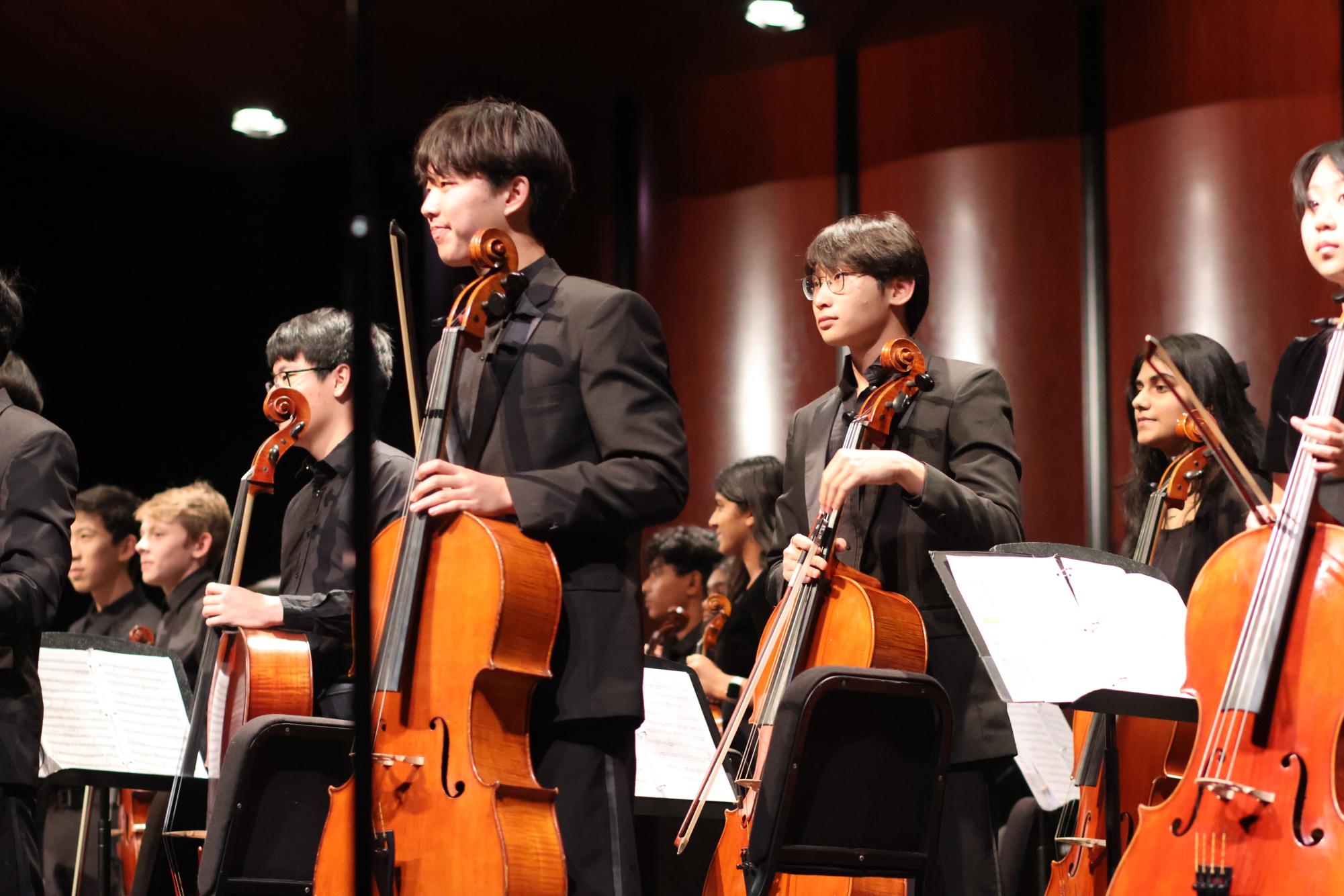
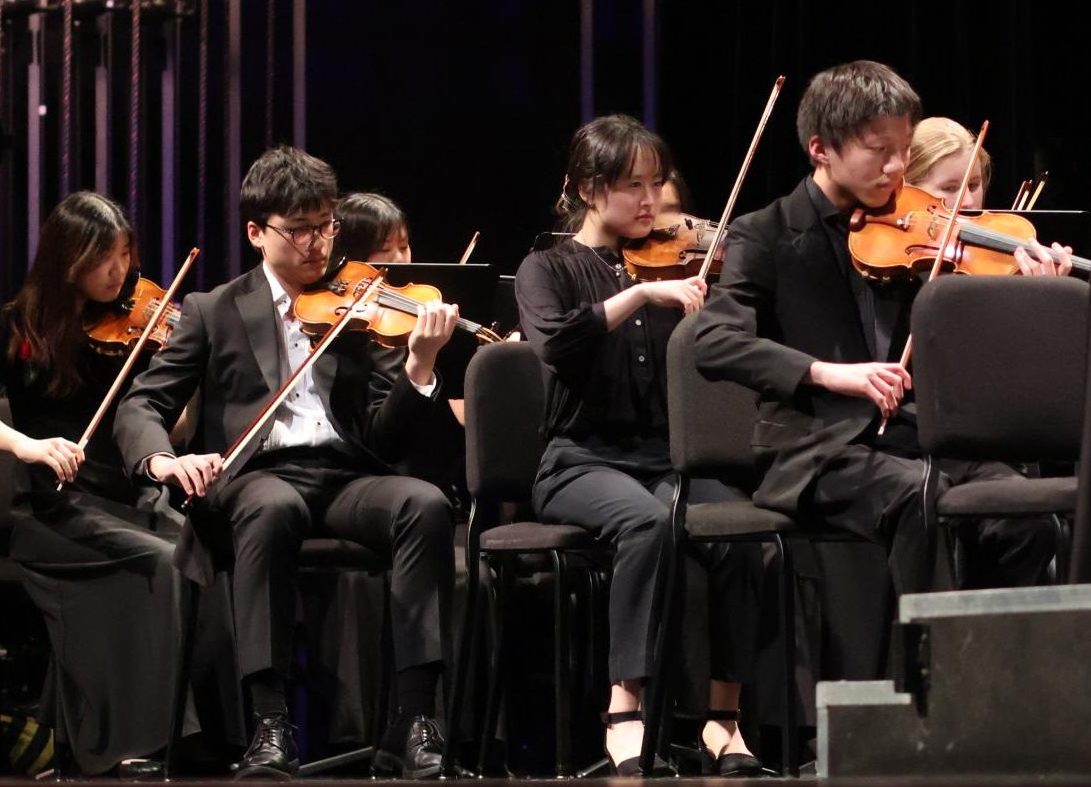
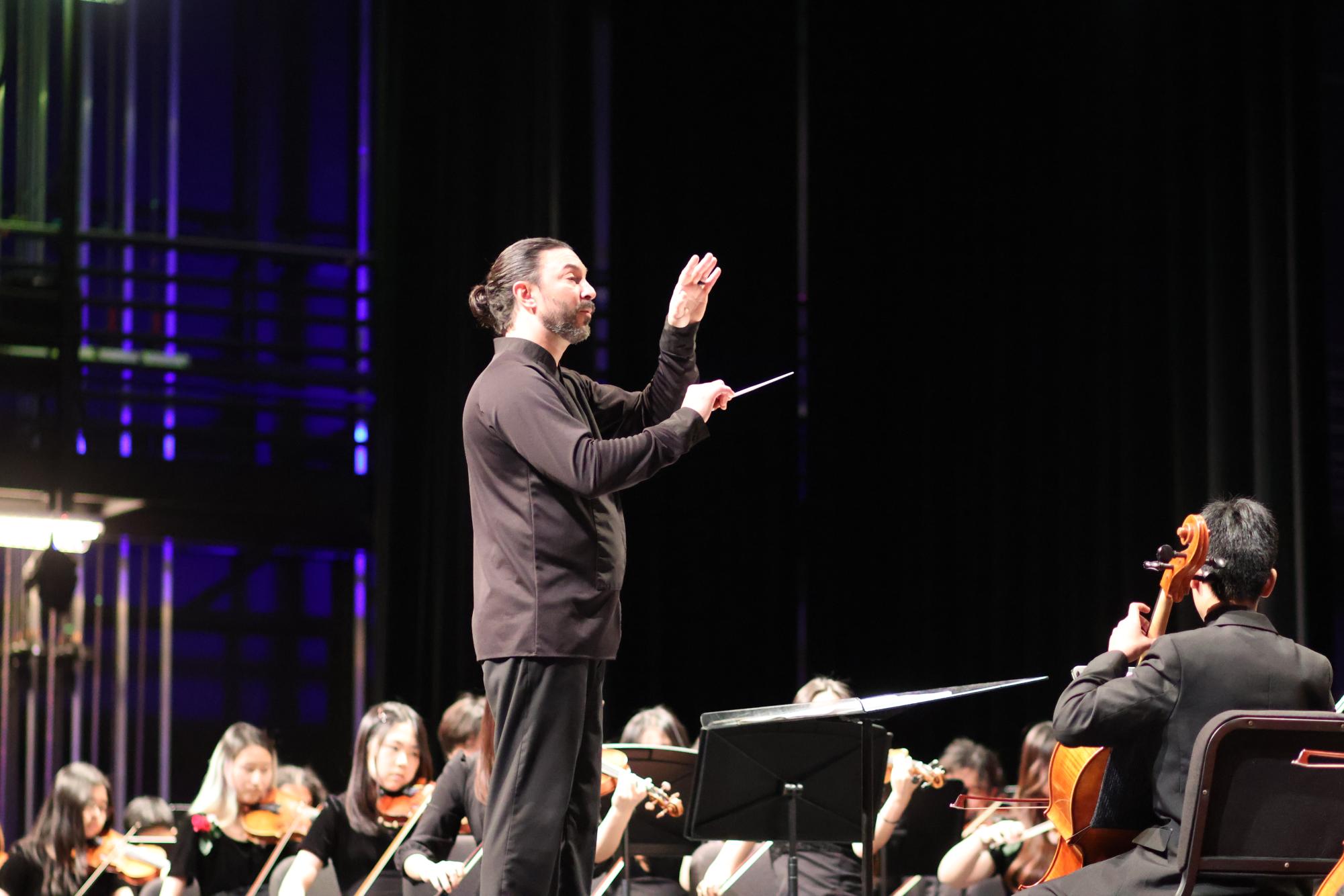
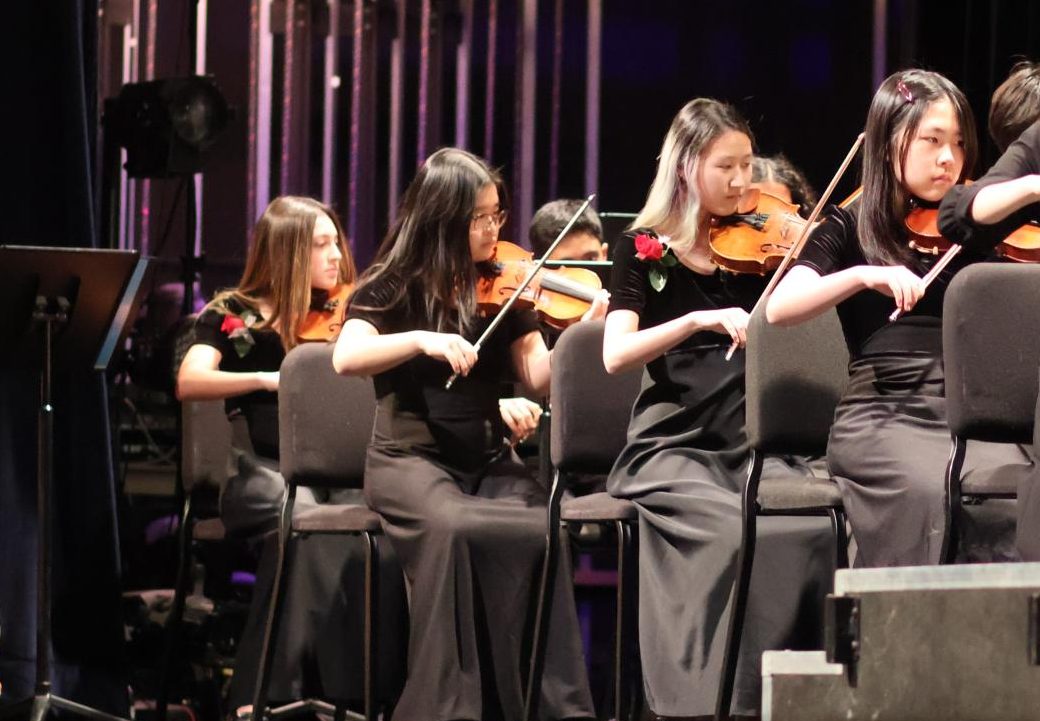
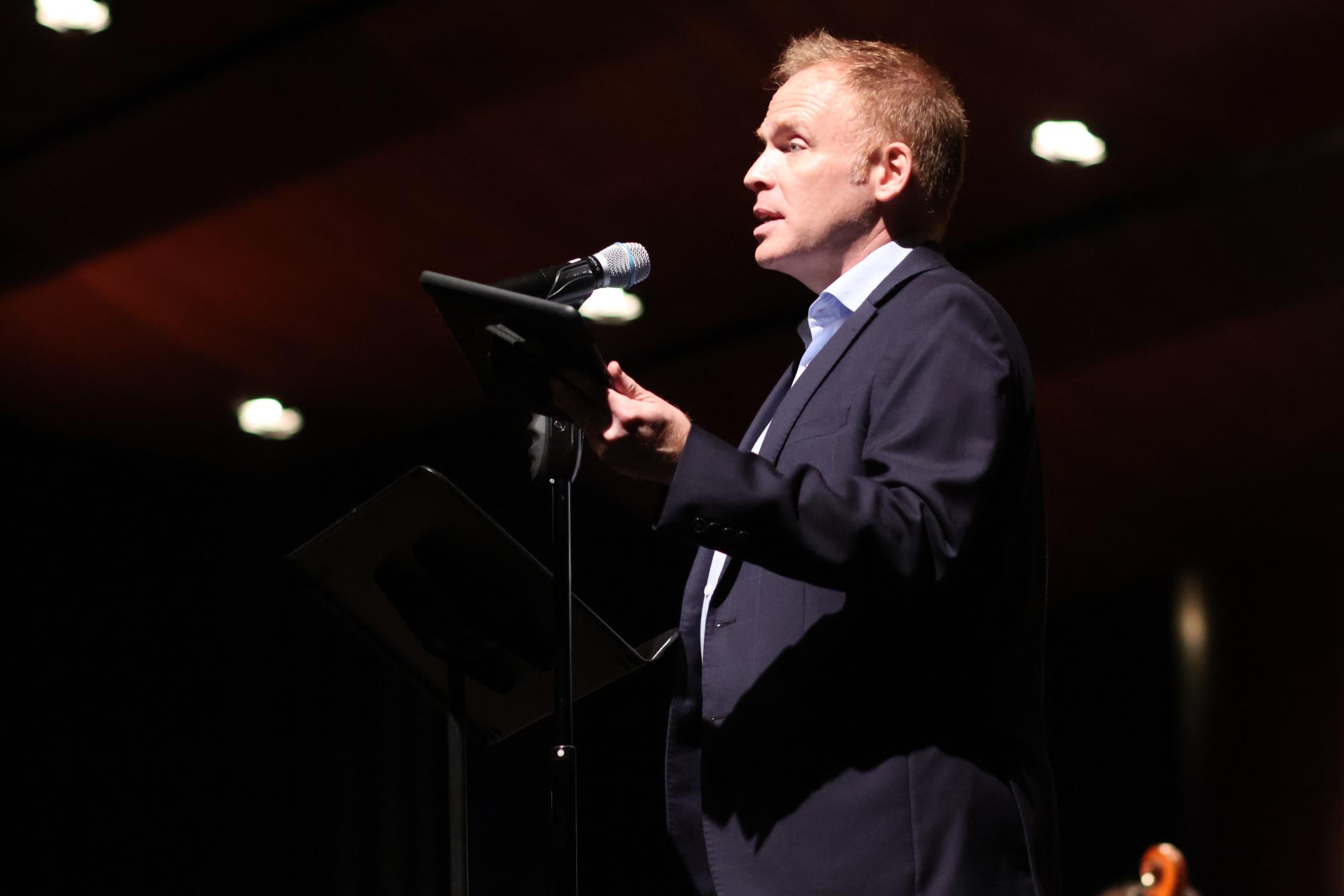
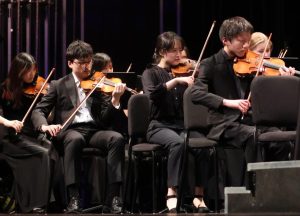
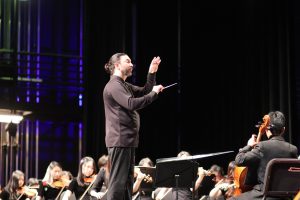
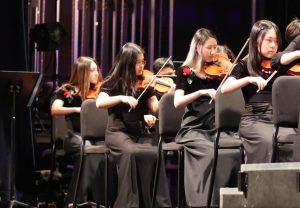
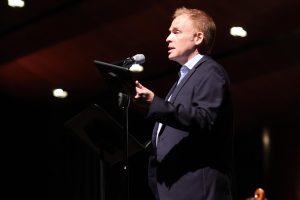
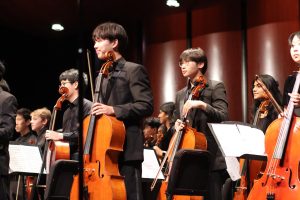


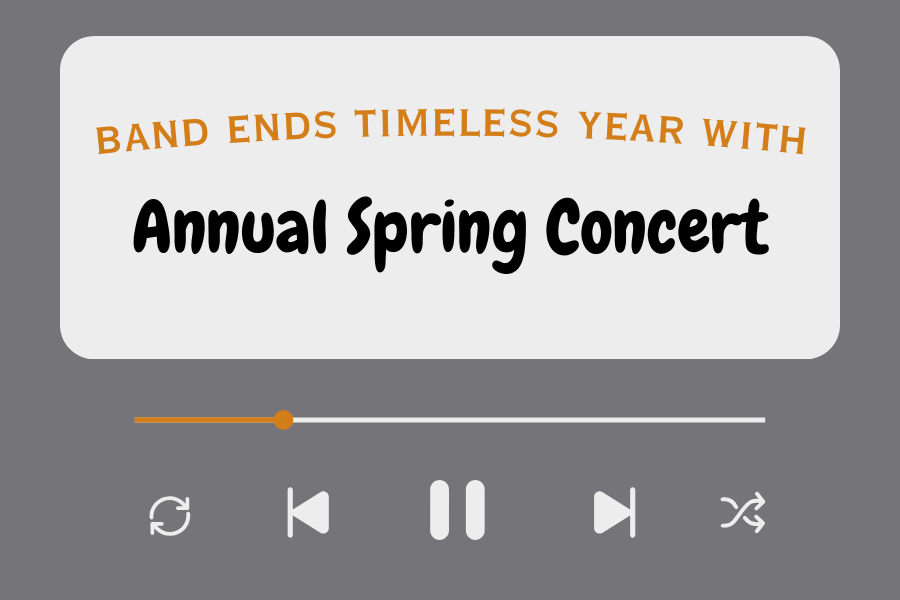
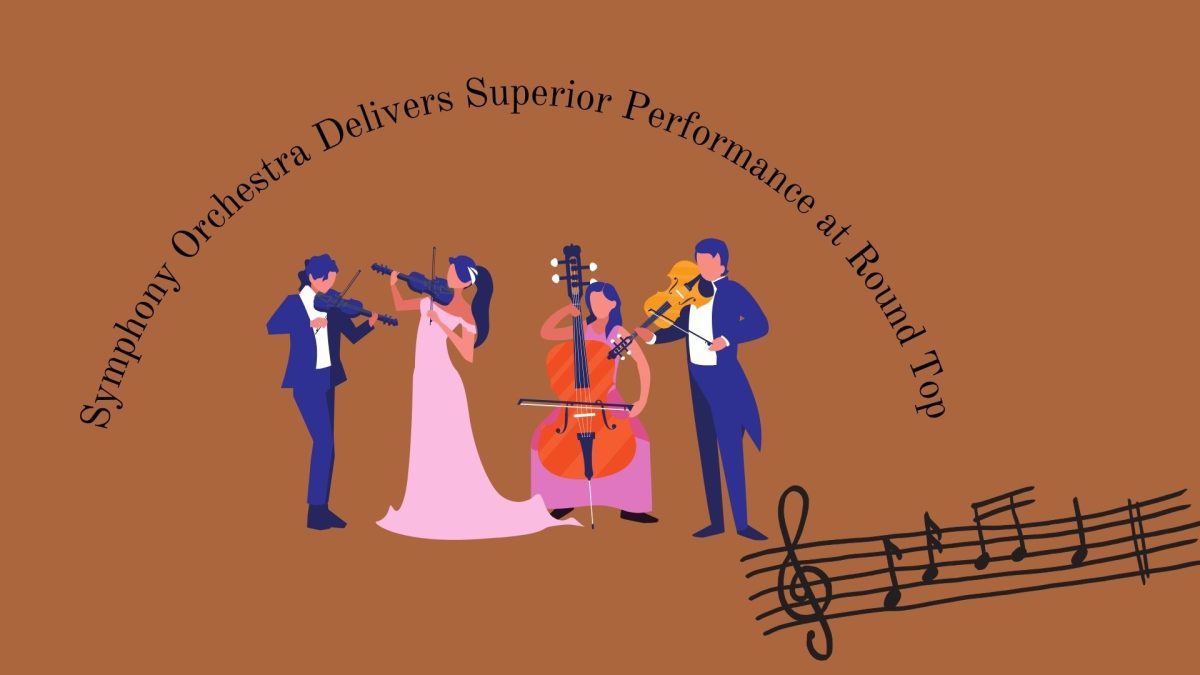
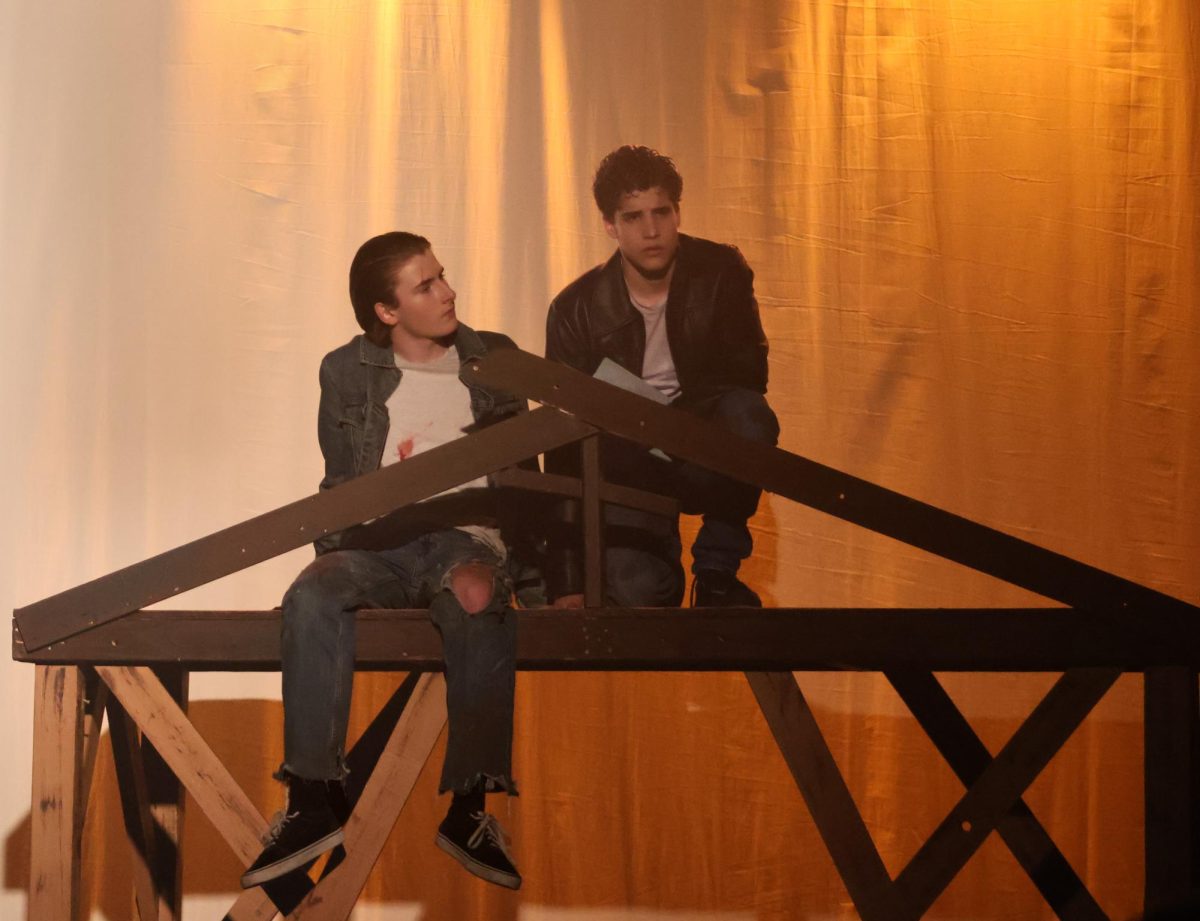


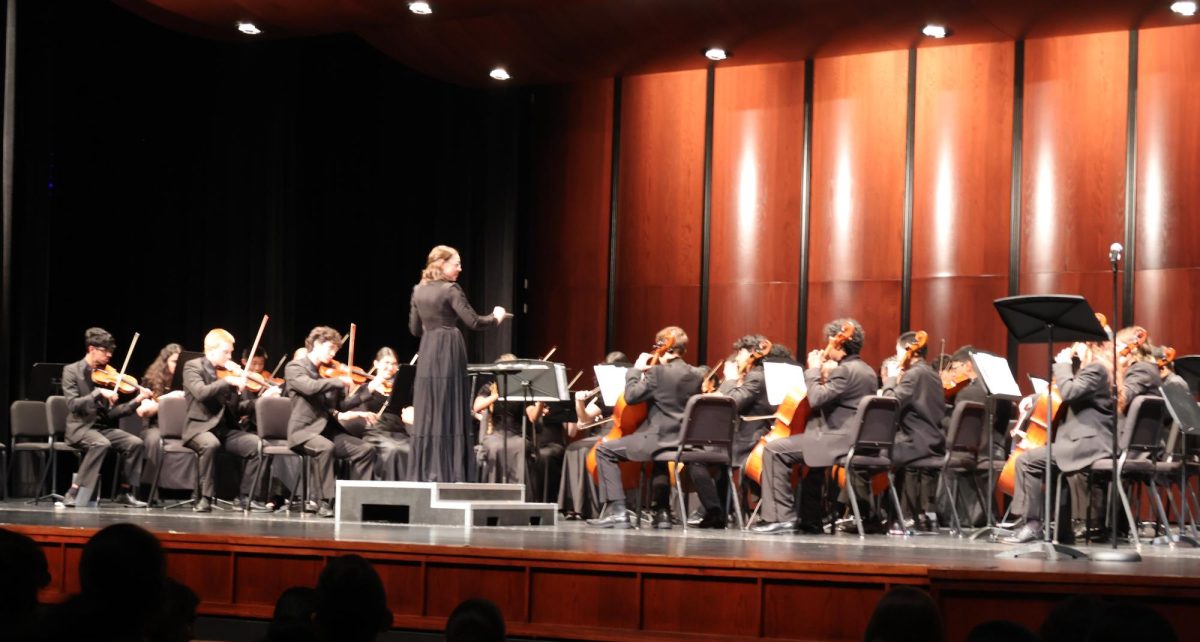
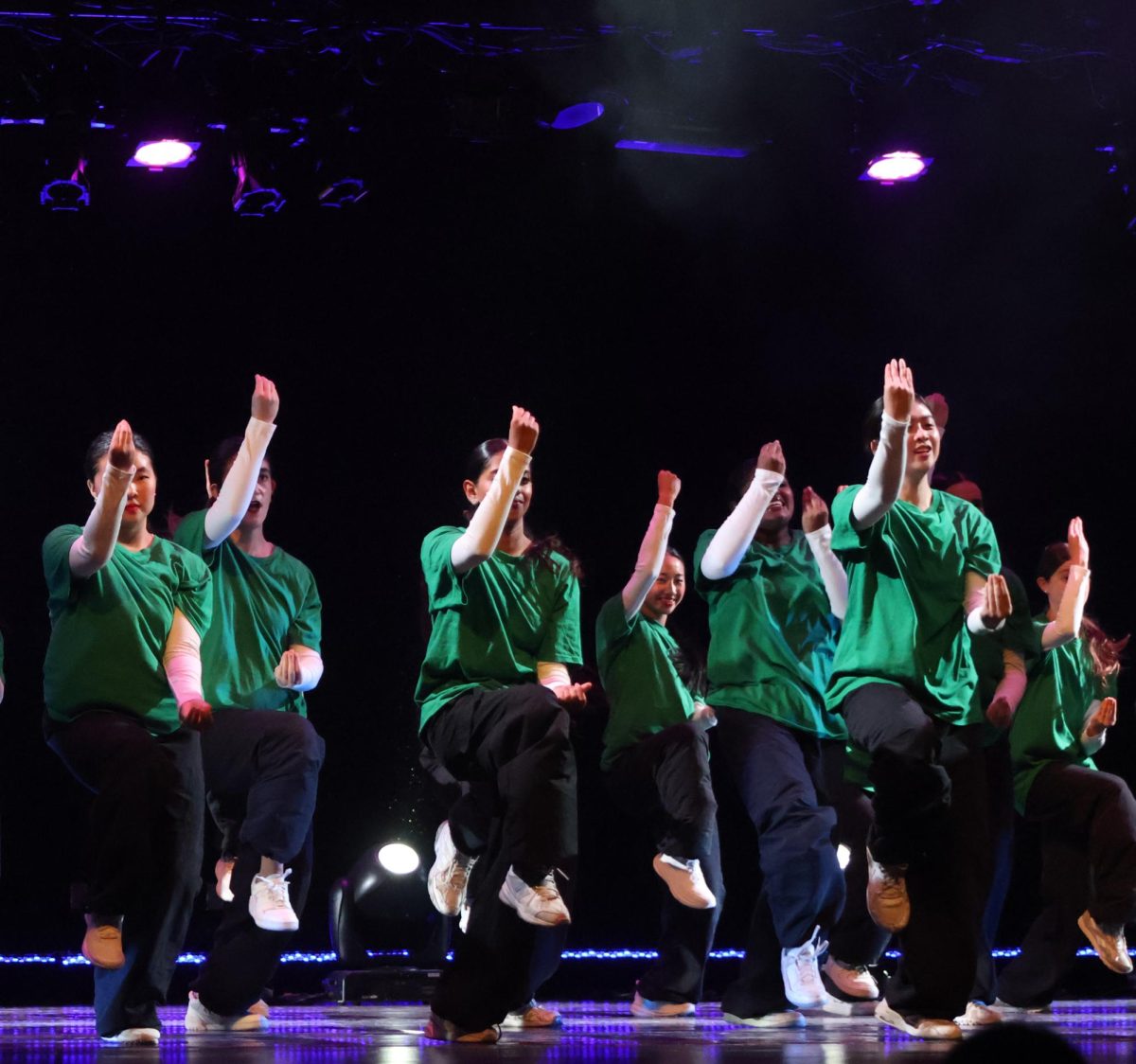
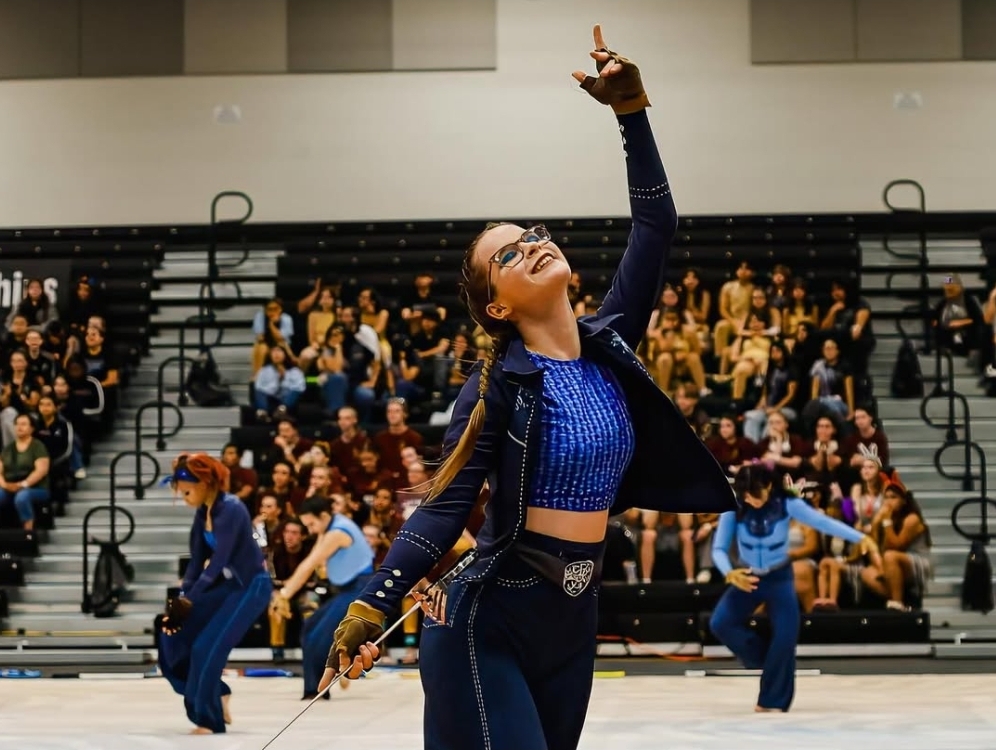
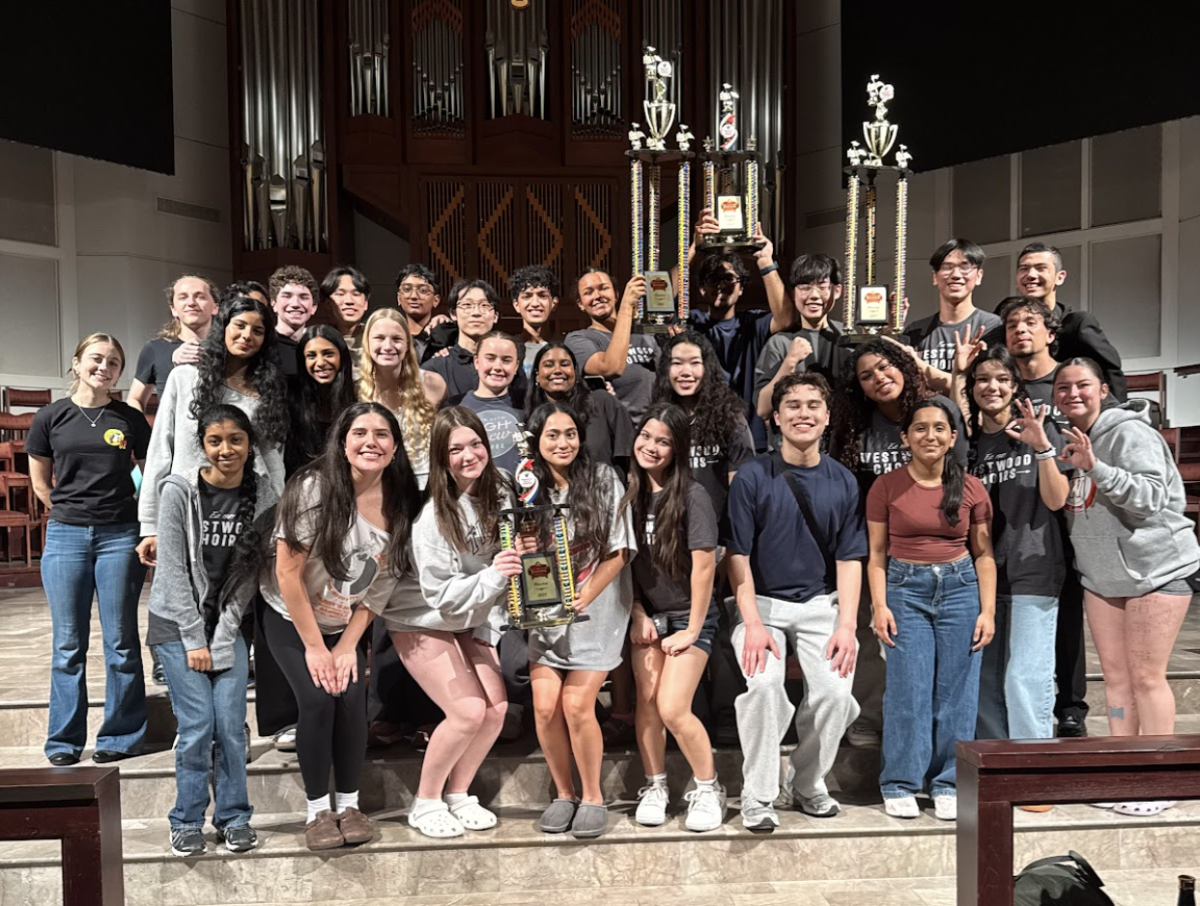
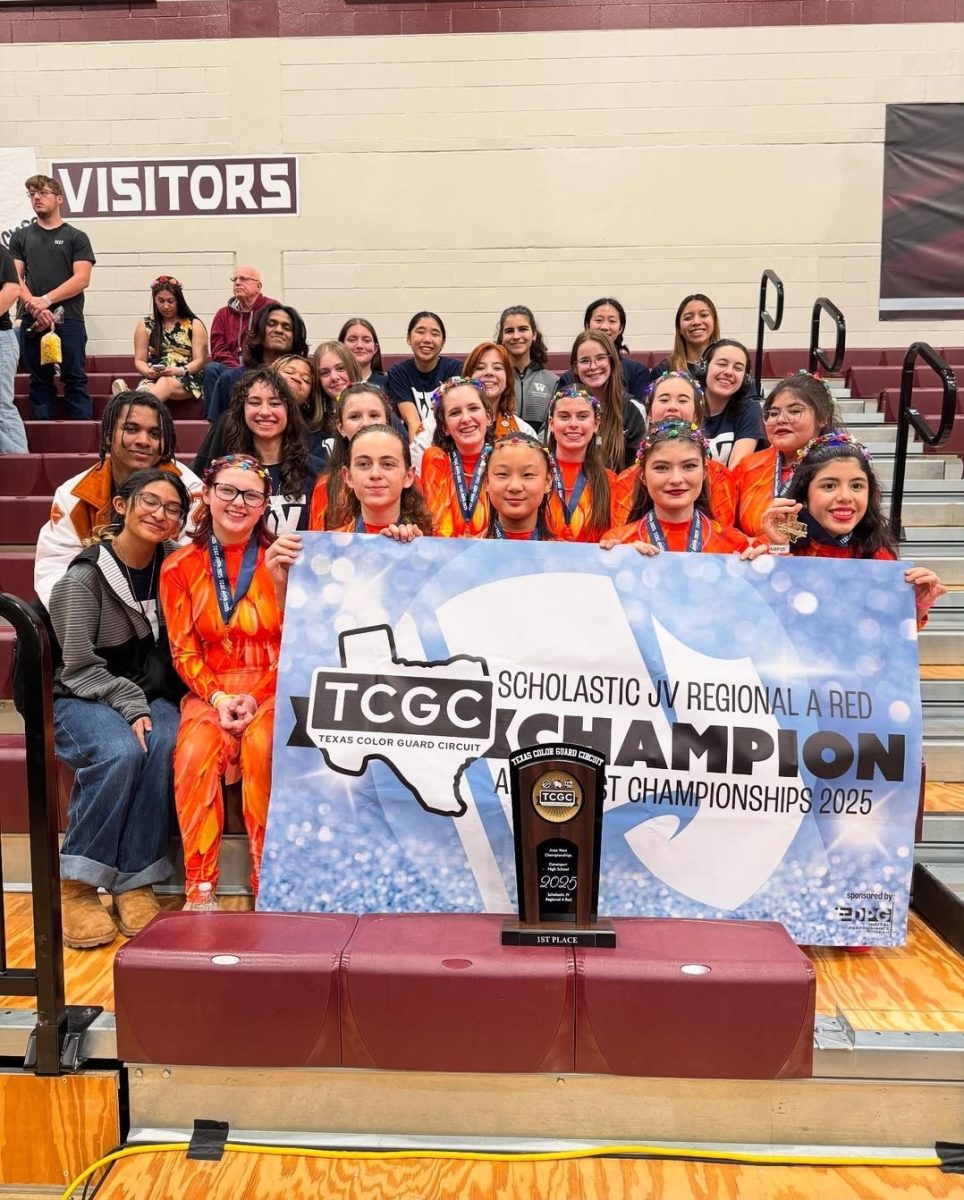

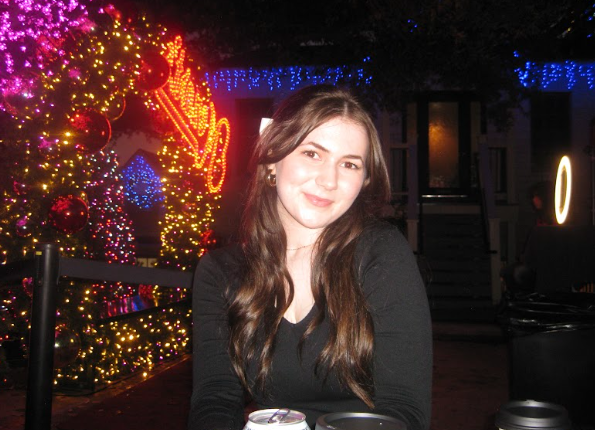
Darren Liu • Dec 7, 2023 at 10:41 pm
great 1st story, sis’
— ur bro